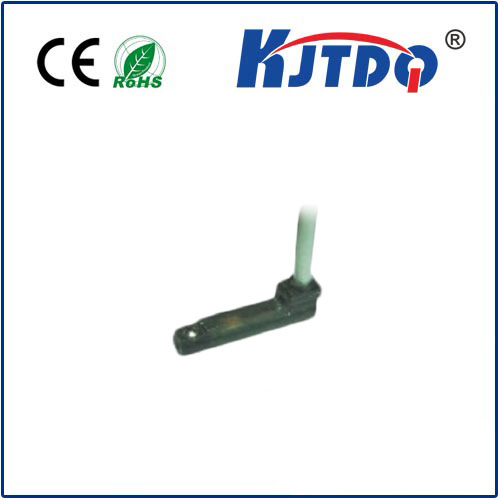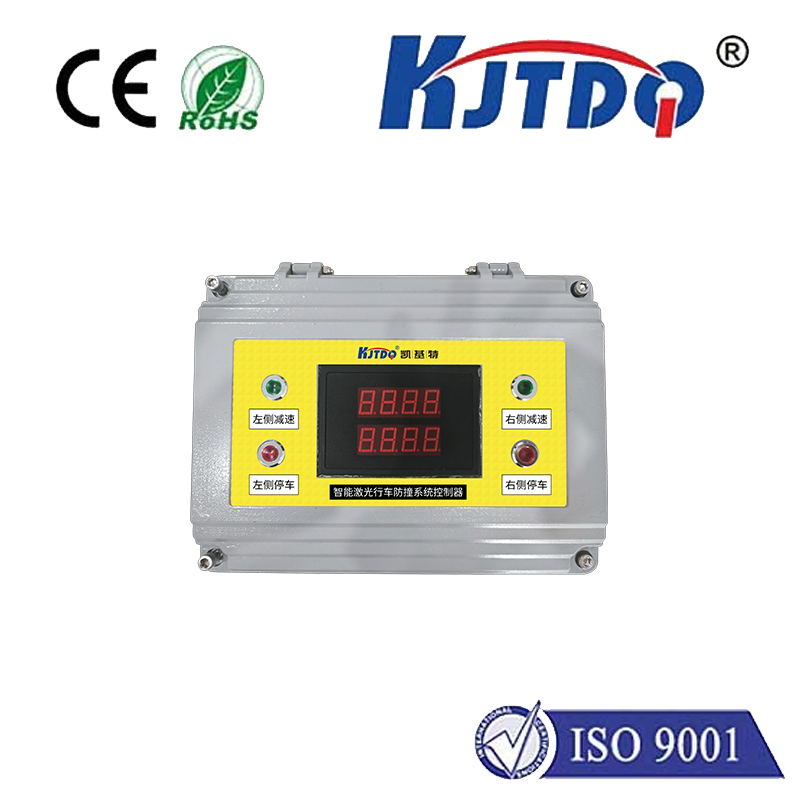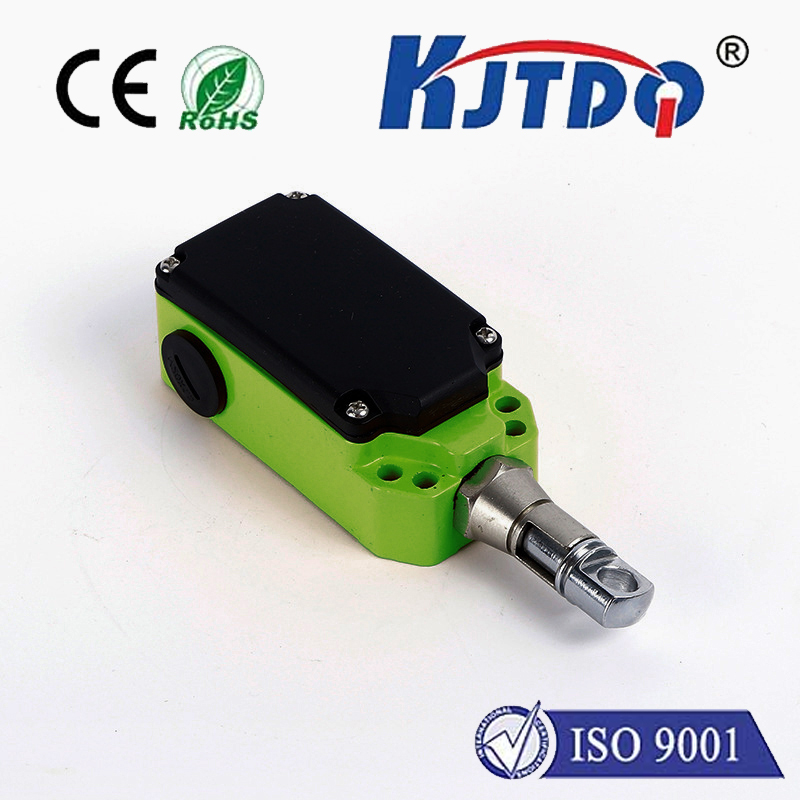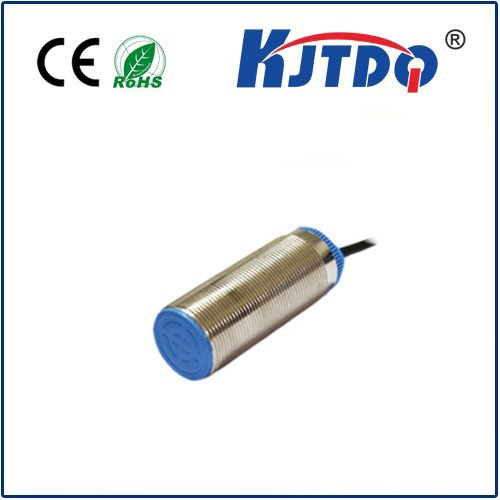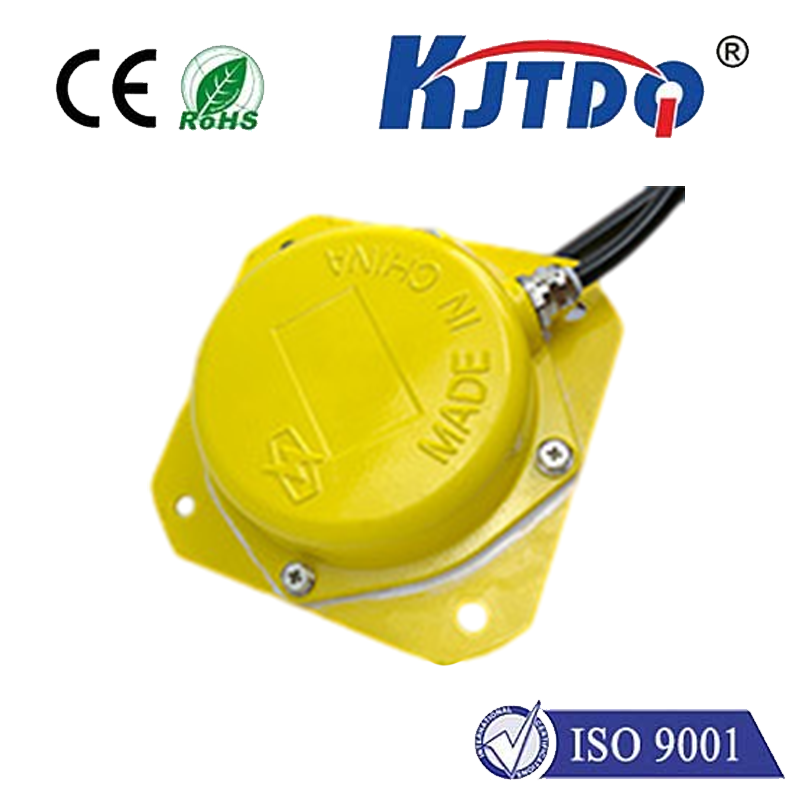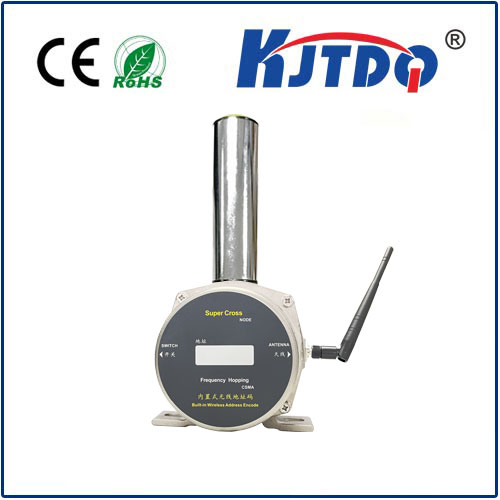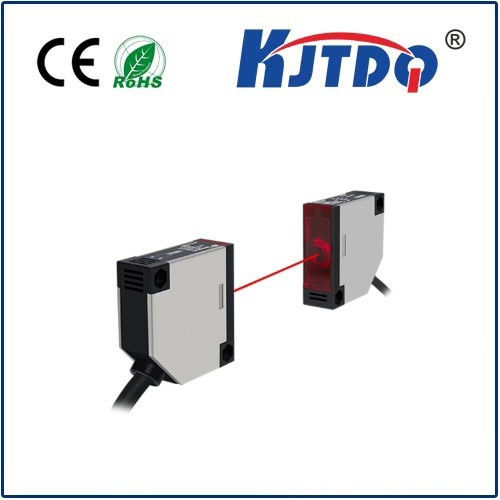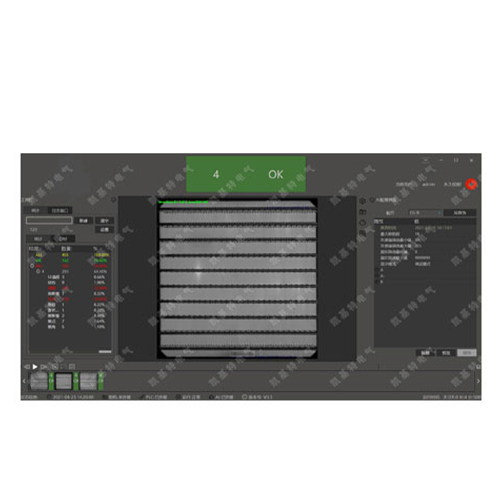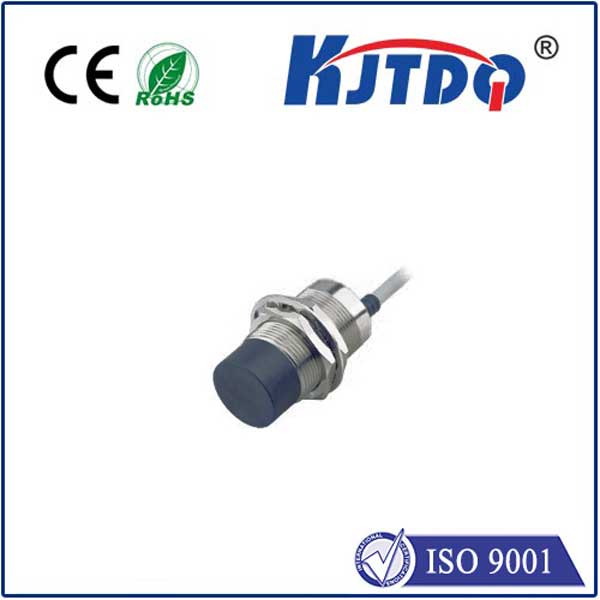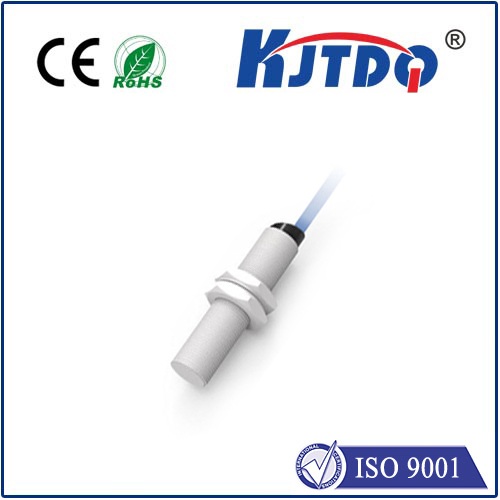inductive sensor proximity switch
- time:2025-09-05 13:05:04
- Нажмите:0
Unseen Automation Workhorse: Demystifying Inductive Proximity Switches
Look around any modern factory floor, packaging line, or heavy machinery setup. Amidst the whirring motors and precise movements, countless small, rugged devices silently ensure everything runs smoothly and safely. Often unnoticed, these unsung heroes are frequently inductive proximity sensors – the bedrock of reliable, non-contact object detection in demanding environments. Understanding how they function and where they excel is key to leveraging their robust potential.
What Exactly is an Inductive Proximity Switch?
An inductive proximity switch, often simply called an inductive sensor, is a solid-state electronic device designed to detect the presence or absence of metallic objects without requiring physical contact. They operate based on the principles of electromagnetic induction, making them incredibly reliable, wear-free, and suitable for harsh industrial settings where dirt, dust, oil, or vibration might cripple other sensing methods. These sensors form a critical component within the broader category of position sensors, specifically excelling in proximity detection tasks.
The Core Principle: It’s All About Eddy Currents
The magic happens within the sensor’s active face. Here’s a breakdown of the fundamental operating principle:

- The Oscillator: Inside the sensor, an electronic oscillator generates a high-frequency alternating electromagnetic field that radiates from the sensing face, typically made of a ferrite core surrounded by a coil.
- Field Interaction: When a conductive metal target enters this electromagnetic field, the laws of physics (specifically Faraday’s Law and Lenz’s Law) come into play.
- Eddy Current Generation: The changing magnetic field induces swirling electrical currents called eddy currents on the surface of the metal object. These eddy currents are miniature loops of current flowing within the conductive material.
- Energy Drain & Damping: The creation of these eddy currents consumes energy from the sensor’s own oscillating circuit. This energy loss effectively damps (reduces) the amplitude of the oscillations.
- Signal Processing & Switching: An internal circuit continuously monitors the amplitude of the oscillator. When the damping caused by the target reaches a predetermined threshold (indicating the object is close enough), the sensor’s output state switches. This output switch is what signals the presence of the object to the connected control system (like a PLC – Programmable Logic Controller).
Key Components and Characteristics:
- Sensing Face: The point from which the electromagnetic field emanates. Material choices impact range and resistance to mechanical damage.
- Housing: Usually constructed from robust materials like nickel-plated brass, stainless steel (stainless steel housing is common for chemical resistance), or specialized plastics (PPS) for extreme environments. This ensures high IP ratings (Ingress Protection – e.g., IP67, IP69K) for resistance to dust and water.
- Sensing Range: Defined as the nominal sensing distance (Sn). Crucially, this distance varies based on the target material. Standard ranges are calibrated for mild steel. Factors like target size, shape, and material composition (e.g., aluminum vs. steel) significantly influence the effective sensing distance. Отставание prevents rapid switching when a target is borderline.
- Output Types: Common configurations include:
- PNP (Sourcing): Outputs positive voltage (+V) when the target is detected.
- NPN (Sinking): Outputs negative voltage (0V/GND) when the target is detected.
- Analog Output: Provides a continuously variable signal proportional to the distance to the target.
- NO/NC Contacts: The output switch can be Normally Open (closes on detection) or Normally Closed (opens on detection).
- Connectivity: Typically feature M8, M12, or larger threaded connectors, sometimes with flying leads for wiring flexibility.
Where Do Inductive Proximity Switches Shine? Applications Galore
Their robustness, speed, and non-contact nature make them indispensable across countless industrial automation and manufacturing sectors:
- Position Verification: Confirming a part is present in a fixture, a robot arm is in its home position, or a cylinder has reached its end-of-stroke (piston position detection).
- Object Counting: Accurately counting metallic parts on conveyor belts (conveyor belt monitoring) or bottles with metal caps passing a point.
- Speed Monitoring: Detecting the teeth of a metal gear or bolt heads on a rotating shaft to calculate rotational speed (rotational speed sensing).
- End-of-Travel Detection: Safely signaling when a machine component (like a guard or gate) has fully opened or closed.
- Machine Safety: Contributing to safety systems by verifying guards are closed before machinery starts.
- Перевозка материалов: Detecting metal pallets, racks, or forklift positions.
- Metalworking: Monitoring tool presence, workpiece clamping, or verifying machining steps.
- Automotive Manufacturing: Ubiquitous in assembly lines for part presence/position confirmation at almost every station.
Distinct Advantages Driving Adoption
Why choose an индуктивный датчик over other detection methods like mechanical limit switches, capacitive sensors, or photoelectrics? Key benefits include:
- Non-Contact Operation: Eliminates mechanical wear and tear, offering an exceptionally long service life and reducing maintenance costs.
- High Reliability & Repeatability: Immune to surface contaminants like oil, dust, or water splashes (within IP rating limits), ensuring consistent performance in dirty environments.
- Fast Switching Speeds: Capable of detecting objects at very high speeds, making them suitable for fast-moving production lines (high-speed detection capability).
- Rugged Construction: Designed to withstand significant shock and vibration, harsh chemicals, and wide Рабочая температура ranges typical of industrial settings.
- Self-Contained: Requires no separate reflectors or complex alignment procedures, simplifying installation and setup.
- Solid-State: No moving parts to fail.
Important Considerations
While incredibly versatile, their core limitation is inherent: Inductive proximity switches only detect metallic objects. They will not reliably detect plastic, wood, glass, or most liquids. Additionally, the sensing distance is finite and material-dependent. Choosing the correct sensor type (shielded vs. unshielded), sensing range, output configuration (PNP/NPN), and housing material is crucial for optimal performance in the specific application.
The Indispensable Industrial Sentinel
From the precision assembly of electronics to the rugged environment of steel mills, inductive proximity switches deliver robust, contactless detection. Their reliance on the fundamental physics of electromagnetic induction translates into a level of reliability and longevity that mechanical switches simply cannot match. Understanding their operating principle, key characteristics like sensing distance and output types (PNP/NPN), and inherent advantages empowers engineers and technicians to deploy these sensors effectively. As automation demands grow more sophisticated, the индукционный датчик приближения, with its blend of simplicity, ruggedness, and high reliability, remains a fundamental and irreplaceable component in the industrial sensor landscape.

